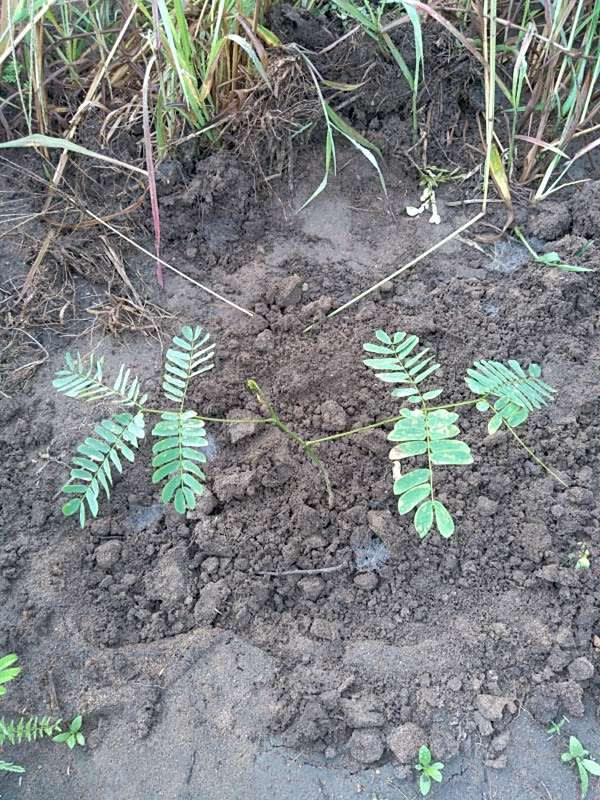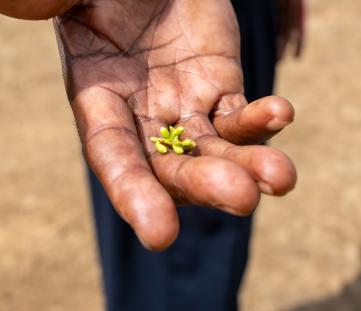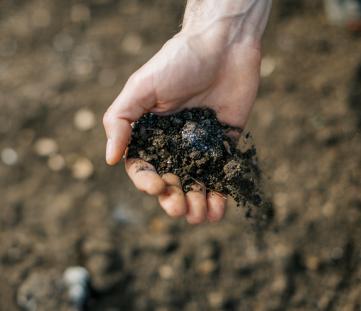ID: YR9-636
ID: YR9-636
Paíta
Albizia zimmermanii
Photo
Malawi
12:31 - 25°C
My connections
My ID card
Who am I?
Date of birth
11/24/2022
Also known as
Paíta
Name
Albizia
Tree
Albizia
Where am I located?
Country
Malawi
Place of birth
Mangochi
Coordinates
14° 13′ 23.88″ S
34° 58′ 51.12″ E
/34.98086605,-14.2233011,0/500x333@2x?access_token=pk.eyJ1IjoidG9tbWFzb3NwZXJvbmkiLCJhIjoiY2tnOTE3eW12MDJqazMybXNzOWV1YjloOSJ9.wtGsuDU7XIKjcv2cq8CiXw&logo=false&attribution=false)
My Timeline
The important moments in your tree's life.
Seed
It all starts with a tiny seed, nice and warm in the soil.
Nursery
Your seedling is big enough to be welcomed into one of our nurseries, along with many others.
Planted
We’re here! Your tree has reached its new home: it’s been planted by a smallholder, who’ll take care of it for years to come.
Photo
Strike a pose! Now that it’s big enough, here’s a photo of your tree!
My Gallery
Nursery

Planted
/34.98086605,-14.2233011,0/500x333@2x?access_token=pk.eyJ1IjoidG9tbWFzb3NwZXJvbmkiLCJhIjoiY2tnOTE3eW12MDJqazMybXNzOWV1YjloOSJ9.wtGsuDU7XIKjcv2cq8CiXw&logo=false&attribution=false)
34° 58′ 51.12″ E
Photo

Curiosity about me
The important moments in your tree's life.
Let's start with introductions
The Albizia belongs to the Mimosaceae family. The tree’s name pays homage to the Florentine naturalist, Filippo degli Albizi, who first introduced the plant in Europe in 1740 via Constantinople. It’s planted for its shade, as a windbreaker, and its soil fertilizing properties.
Meaning
Awakening
In Japan it is also called Nemunoki - "sleeping tree". Its leaves close at night and open again at dawn.

How much CO2 I’ll absorb
My estimated CO2 absorption capacity is based on the first 10 years of my life*
Current absorption
- 40 kg
2022
0 kg
2032
-200 kg
* The tree will continue to absorb CO2 even after the tenth year. Therefore this is a prudent estimate.
How I am useful to local communities

Medicine
Its leaves, roots, bark and/or fruits are used in traditional medicine.

Soil
It improves the quality of the soil thanks to the nitrogen fixation process or it reduces soil erosion, thanks to its extended root system.
My benefits
20%
Food Security
The trees will bear fruits, some that will be edible immediately and others that can become edible through processing, ensuring food resources over time.
30%
Economic development
The trees' fruits and the products derived from their transformation can be traded in local networks, offering income opportunities.
40%
CO₂ Absorption
During its life cycle, each tree will absorb CO₂. The trees you plant can offset your emissions.
70%
Environmental protection
The trees are planted in agroforestry systems that favor the virtuous interaction between the different species and their positive impact on the environment and on the land.